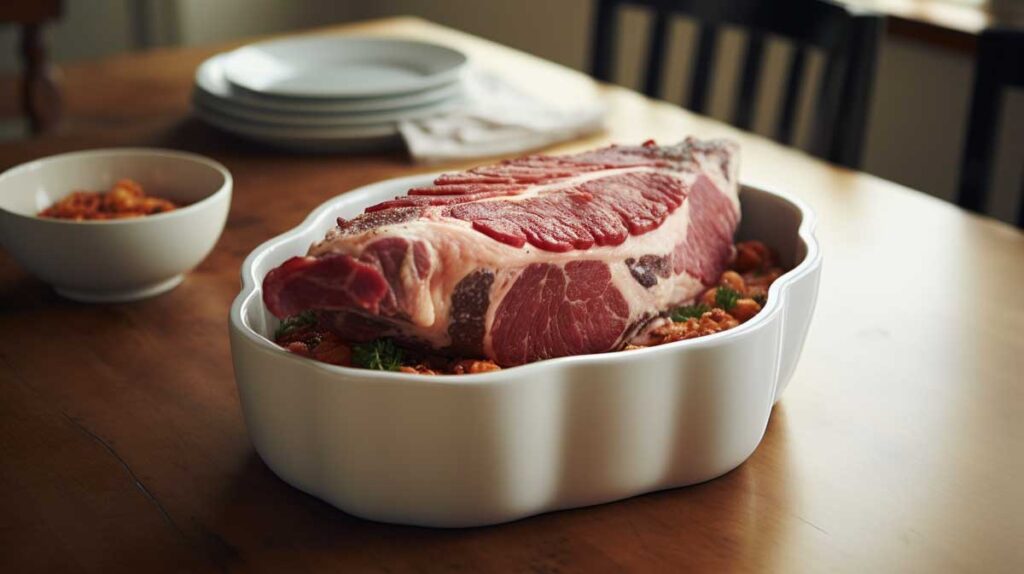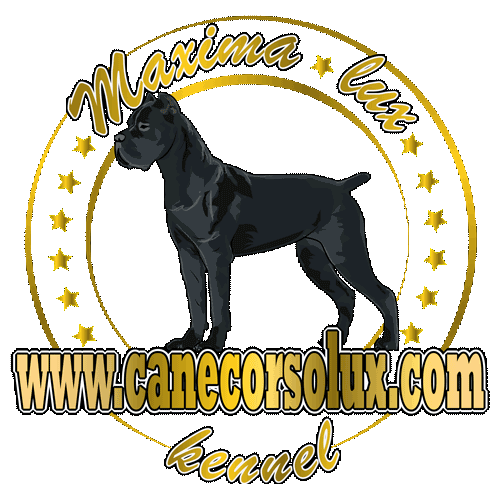Are you aware that only 8% of dog owners feed their dogs a raw diet? If you’re curious about raw feeding and want to learn more about creating a balanced and nutritious raw feeding chart for your furry friend, keep reading.
This discussion will explore the benefits of a raw feeding chart, the importance of meeting your dog’s nutritional requirements, different types of raw food diets, and how to get started on this journey.
So, let’s dive into raw feeding and discover the key to optimal nutrition for your canine companion.
Key Takeaways
- Raw feeding, such as the BARF diet, provides essential nutrients over time and mimics a dog’s natural diet in the wild.
- It is important to achieve diet balance within seven days and ensure daily intake of calories, macronutrients, amino acids, water-soluble vitamins, and minerals.
- Dogs and cats require diets with high-quality protein, which can be obtained from sources like muscle meat, raw meaty bones, seafood, liver, and kidney.
- Raw feeding can improve health, weight management, digestion, dental health, coat health, urinary health, energy levels, and fewer allergies. However, there are risks, such as food safety concerns, proper ingredient proportions, and nutrient supplementation.

Benefits of a Raw Feeding Chart
Using a raw feeding chart provides numerous benefits for pet owners who feed their dogs and cats a balanced, biologically appropriate raw diet. Following a raw feeding chart ensures that your pets receive all the essential nutrients they need over time.
This feeding method is recommended for healthy adult dogs and cats, as it allows for the proper balance of calories, macronutrients, amino acids, and water-soluble vitamins. It’s essential to achieve diet balance within seven days and consider variables for successful implementation.
The raw feeding chart helps you meet the daily requirements of calories, protein, fat, carbohydrates, and water-soluble vitamins, ensuring optimal health and vitality for your beloved pets.
Nutritional Requirements for Raw Feeding
To ensure a balanced and nutritious raw feeding diet for your dogs and cats, it is essential to understand their specific nutritional requirements. Here is a detailed breakdown of the key nutrients necessary for their optimal health:
| Nutrients Required Daily | Macronutrients | Amino Acids | Water-Soluble Vitamins and Other Nutrients |
|---|---|---|---|
| – Calories, macronutrients, amino acids, and water-soluble vitamins must be met daily | – Moisture is the most important nutrient | – Amino acids are building blocks of proteins | – B vitamins play a major role in immune and metabolic functions |
| – Calorie requirement ensures sufficient energy for biological function and physical activity | – Protein is essential for dogs and cats | – Diets deficient in amino acids have negative implications | – Dogs and cats cannot produce B vitamins |
| – Macronutrients include moisture, protein, fat, and carbohydrates | – Fat is the primary energy source | – Dogs and cats have recommended allowances for essential amino acids | – B vitamins must be replenished daily and cannot be balanced over time |
| – Moisture is crucial for all species | – Carbohydrates can be used as an additional energy source | – Ingredients like muscle meat, raw meaty bones, and seafood provide amino acids | – Sources of B vitamins include muscular organs, muscle meat, and nutritional yeast |
| – Dogs and cats require diets with high-quality protein | – Diets need to provide a main source of energy (fat or carbohydrates) | – Secreting organs like liver and kidney are important sources of amino acids | – Choline is also an important water-soluble vitamin |
Understanding these nutritional requirements will help you design a raw feeding diet that meets your pets’ needs, ensuring their overall health and well-being.
Importance of Balance Over Time Diet
Achieving a balanced diet over time is crucial for adult dogs and cats’ optimal health and well-being. It’s recommended for healthy adult dogs and cats and shouldn’t be used for puppies and kittens. Diet balance should be achieved within seven days.
To successfully achieve balance over time, it’s important to consider variables such as calories, macronutrients, amino acids, and water-soluble vitamins. Daily nutrient requirements must be met to ensure sufficient energy for biological function and physical activity.
Dogs and cats require diets with high-quality protein and a main source of energy from either fat or carbohydrates. Amino acids, the building blocks of proteins, are essential and can be obtained from ingredients like muscle meat, raw meaty bones, and seafood.
Water-soluble vitamins, such as B vitamins and choline, must be replenished daily. Fatty acids and fat-soluble vitamins like A, D, and E are also necessary for optimal health. Minerals are important for immune and biological functions.
Types of Raw Food Diets
When considering the importance of balance over time in a raw feeding diet for adult dogs and cats, it is essential to understand the various types of raw food diets available. These diets include the BARF Diet, Raw Meat-based Diets (RMBDs), Prey prey Diet, and other variations. Each type of raw food diet has its unique characteristics and benefits. To help you understand the differences, here is a table summarizing the main features of each diet:
| Diet Type | Description |
|---|---|
| BARF Diet | Includes specific ratios of animal and plant ingredients, mimicking a dog’s natural diet in the wild. Can result in improved health, weight management, and fewer allergies. Can include fresh produce, dairy, whole grains, and supplements. |
| Raw Meat-based Diets (RMBDs) | Primarily consists of uncooked animal tissue, organs, and bones. Provides essential nutrients from raw animal sources. May require additional supplements for complete nutrition. |
| Prey Model Diet | Feeds entire prey animals for complete nutrition. Mimics a dog’s natural prey consumption and provides a balanced diet. May require proper sourcing and preparation of prey animals. |
| Other Variations | Raw diets can be fresh, freeze-dried, homemade, or commercially sold. Some diets may require additional supplements for complete nutrition. It is important to select a diet that meets your pet’s specific needs and preferences. |
Understanding the different types of raw food diets can help you choose the best diet for your pet. Remember to consult with a veterinarian or animal nutritionist to ensure that your pet’s nutritional needs are met.
Getting Started With a Raw Feeding Chart
To start implementing a raw feeding chart for your dog or cat, it’s important to consider their individual needs and create a balanced meal plan based on their specific requirements. Here are three steps to get you started:
- Determine your pet’s appropriate ratio of meat, bones, and organs. This will vary depending on their species, size, age, and activity level. Consult with a veterinarian or a veterinary nutritionist for guidance.
- Choose high-quality ingredients from reputable sources. Opt for fresh, raw meat, including muscle, organs, and raw meaty bones. Include a variety of protein sources to ensure a well-rounded diet.
- Incorporate other essential nutrients, such as fruits, vegetables, and supplements, to provide a complete and balanced diet. These can be blended, steamed, or finely chopped for easier digestion. Maintaining the proper balance of macronutrients, amino acids, and vitamins is crucial for your pet’s optimal health.
Key Components of a Raw Feeding Chart
When creating a raw feeding chart for your dog or cat, it is vital to understand the key components that contribute to a balanced and nutritious diet. These components include essential nutrients, macronutrients, amino acids, water-soluble vitamins, and other nutrients. To help you visualize these components, here is a table outlining their importance:
| Key Components | Importance |
|---|---|
| Essential Nutrients | Provide necessary nutrients over multiple days |
| Macronutrients | Ensure proper energy and nutrient intake |
| Amino Acids | Building blocks of proteins |
| Water-Soluble Vitamins | Essential for immune and metabolic functions |
| Other Nutrients (Fatty acids, minerals) | Necessary for optimal health and function |
Understanding and incorporating these key components into your raw feeding chart will help ensure your pet receives a balanced and nutritious diet. By carefully selecting ingredients and considering the specific nutrient needs of your pet, you can provide them with a diet that promotes their overall health and well-being.
Monitoring and Adjusting the Raw Feeding Chart
Monitoring and adjusting the raw feeding chart is crucial in ensuring your pet receives the appropriate balance of nutrients for optimal health and well-being. To ensure your pet’s nutritional needs are being met, consider the following:
- Regularly assess your pet’s body condition: Monitor your pet’s weight, muscle tone, and overall body condition to gauge if the current feeding plan is appropriate. Adjust the portion sizes and ingredients accordingly to maintain a healthy weight.
- Observe your pet’s energy levels and behavior: Pay attention to any changes in your pet’s activity levels, behavior, or coat condition. These can indicate if adjustments to the raw feeding chart are needed.
- Consult with a veterinarian or nutritionist: Seek professional guidance to evaluate your pet’s nutritional needs and ensure the raw feeding chart provides a balanced diet. They can help tailor the feeding plan to meet your pet’s specific requirements.
Potential Risks and Precautions of Raw Feeding
Raw feeding for dogs and cats carries potential risks and requires precautions to ensure the safety and well-being of your pet. While the BARF diet offers numerous benefits, it is important to know the potential risks involved. One of the main concerns is the risk of foodborne pathogens such as Salmonella and E. coli. Proper precautions, such as handling and storing raw food properly, can minimize this risk. Another risk is the potential for choking hazards from consuming bones. Monitoring bone consumption and choosing appropriate sizes can help prevent this. Preparing a raw diet requires time, money, and dedication to ensure proper ingredient proportions and nutrient balance. It is essential to consult with a veterinarian or a professional in animal nutrition to create a balanced and safe raw feeding plan for your pet.
| Potential Risks of Raw Feeding | Precautions to Take |
|---|---|
| Risk of foodborne pathogens | Handle and store raw food properly |
| Choking hazards from consuming bones | Monitor bone consumption |
| Time, money, and dedication | Consult with a professional |
Tips for Successful Raw Feeding
To ensure successful raw feeding for your dog or cat, it’s important to follow these evidence-based tips and guidelines:
- Transition gradually: Start by introducing small amounts of raw food into your pet’s diet and slowly increase the portion over a 7-10 days. This allows their digestive system to adjust and minimizes the risk of gastrointestinal upset.
- Provide a balanced diet: Ensure your pet’s raw food diet is nutritionally balanced by including various protein sources, such as muscle meat, raw meaty bones, and seafood. Additionally, incorporate organ meats and vegetables to provide essential vitamins and minerals.
- Monitor your pet’s health: Regularly monitor your pet’s overall health, including their coat condition, energy levels, and stool quality. If you notice any changes or concerns, consult a veterinarian to ensure your pet’s nutritional needs are met.
These tips will help you successfully implement a raw feeding regimen for your furry friend, promoting their overall health and well-being.
Frequently Asked Questions About Raw Feeding
If you’re considering raw feeding for your dog or cat, you may have questions about this dietary approach. Here are some frequently asked questions about raw feeding:
- Is raw feeding safe for my pet?
Raw feeding can be safe as long as proper precautions are taken. Handling raw meat properly is important to minimize the risk of bacterial contamination. It’s also important to feed a balanced diet that meets your pet’s nutritional needs. - What’re the benefits of raw feeding?
Raw feeding can improve health, weight management, and fewer allergies. It can also improve digestion, coat health, urinary health, and energy levels and reduce health complications. - Do I need to add supplements to my pet’s raw diet?
It depends on the specific diet you’re feeding. Some raw diets may require additional supplements to ensure complete nutrition. It’s important to consult with a veterinarian or a veterinary nutritionist to determine if supplements are necessary for your pet’s needs. - Can I feed my pet raw bones?
Raw bones can be included in a raw diet, but they should be cautiously fed. It’s important to choose bones that are appropriate for your pet’s size and breed. Supervision is necessary to prevent choking hazards or other injuries.


